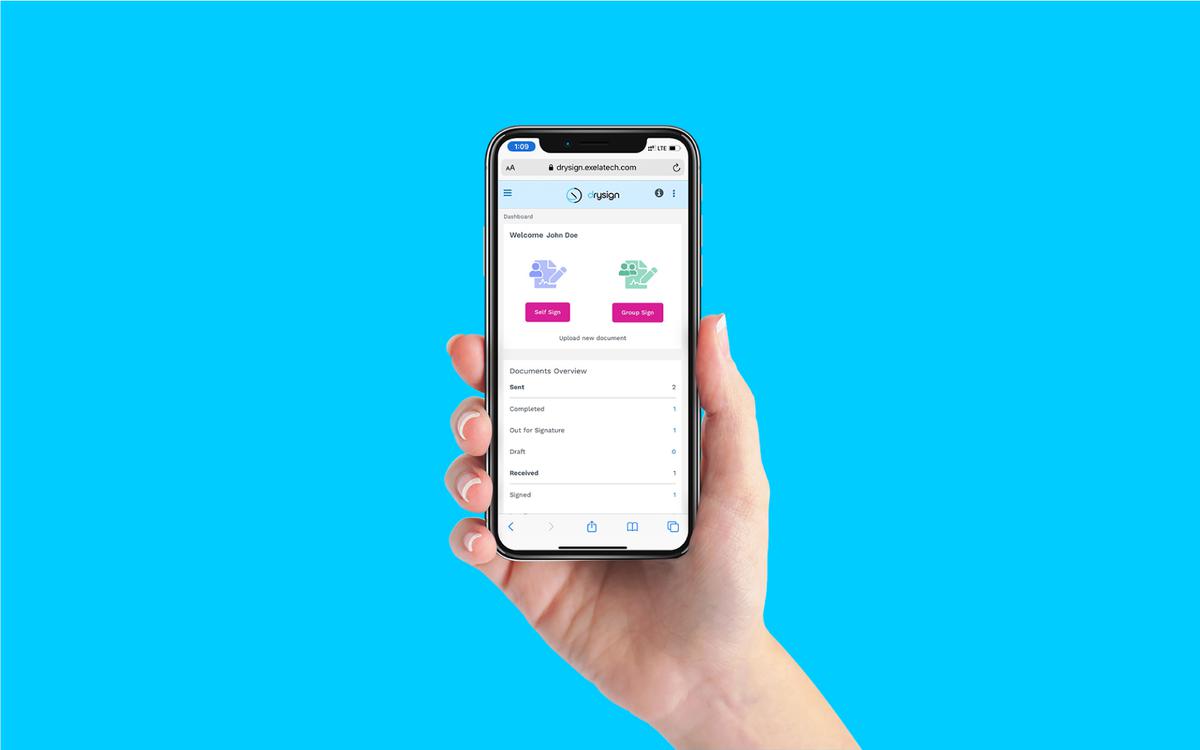
Why You Need to Embrace Electronic Signatures
It used to be the only way to demonstrate consent on a contract was via a handwritten ("wet") signature. That meant the closing of multi-party transactions required extensive coordination to bring the right people into the right room, at the same time. Luckily, electronic signatures (e-signatures) have been legally enforceable under the U.S. law since the year 2,000. In the intervening two decades, more than 60 other countries have passed similar laws that give electronic signatures the same status as handwritten. These include Canada, the U.K., and all the countries that are part of the European Union.
Nevertheless, two decades later, e-signing is not yet ubiquitous. Here is why it should be:
E-signatures mean you can sign off anywhere
Transacting business shouldn't require airline travel, hotel accommodations, or day-long in-person meetings. There's already been significant movement in that direction. We already propose and negotiate contracts over email. It stands to reason that when we are ready to finalize an agreement, we should be able to do so electronically as well. Many contracts even go so far as to specify that the geographical location where one signs off will not go into determining which laws govern the transaction. In addition, coupling electronic signatures with digital signature technology (discussed below) may even have the power to eliminate the need for signature notarization in certain transactions.
E-signatures are not just for business
Electronic signing is crucial to take businesses to a seamless, global level. It can also be a game-changer for non-business transactions. For example, when you have forms to sign, an e-signature platform enables you to upload and sign PDF-format forms without ever printing a page or uncapping a pen. With Exela's e-signature platform, DrySign, you can even store those forms for future reference as well as for record-keeping purposes. You can start a free trial of DrySign here.
E-signatures transcend legacy systems
It's well-known that legacy systems present challenges to digital transformation efforts. One of those challenges is the lack of interoperability between/among platforms. Electronic signature platforms that enable you to upload and sign documents from disparate systems and sources (such as DrySign) have the power to transcend legacy systems. If a document can be put into PDF format, it is e-signable with DrySign.
E-signatures have the power to enhance security
When you sign online, it is called an electronic signature (or e-signature). Electronic signatures provide a higher level of security than handwritten signatures simply by virtue of how they are accessed - through closed systems that require credentials.
Some electronic signatures go so far as to encrypt the document on which the signature is affixed with digital codes that are as difficult to duplicate as, say, a fingerprint. Those electronic signatures are known as "digital signatures" and are more secure than other electronic signatures. Some countries have strict laws that require digital signature technology as a prerequisite for e-signing.
Exela's DrySign has this capability powered by digital signature technology, making an end-to-end transaction of business possible, regardless of the countries in which the signatories are located.
In the coming weeks, we will be talking a lot more about e-signatures, including all the reasons you will want to adopt e-signatures in your business and in your life.
Found this interesting? Share on your socials to let others know:
